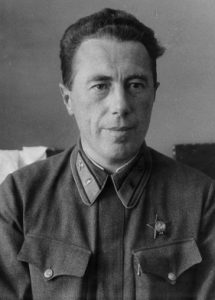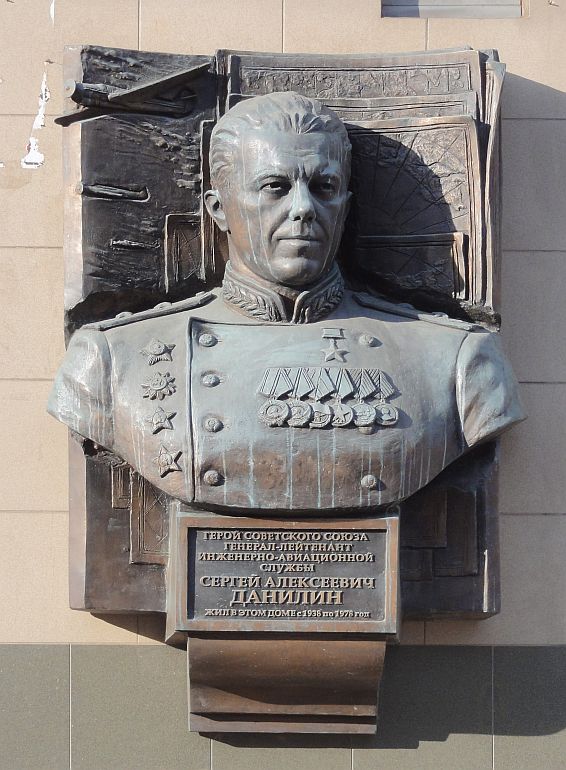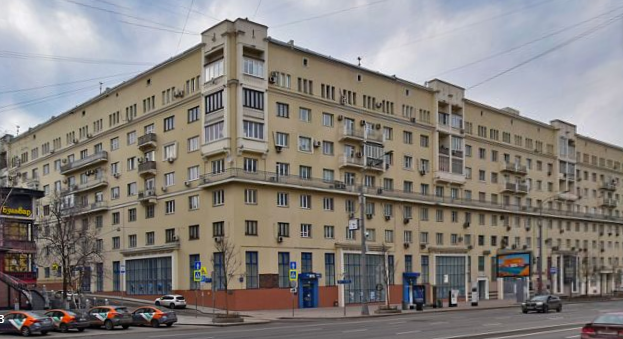Sergey Alekseevich
Danilin
1901-1978

Sergey Alekseevich Danilin was a military pilot, navigator and engineer, Lieutenant General of the Aviation Engineering Service (1943), Hero of the Soviet Union (1937). In 1918 he graduated a commercial school, in 1919 he voluntarily joined the Red Army, in 1921 he graduated from the Moscow Aerial Photogrammetric School. In 1921-1924 he combined military service with studies at Moscow State University. Since 1922 he had served at the Air Force Research Institute as a timekeeper, then as an aerologist, an observer pilot, and a test navigator. From 1925 he was engaged in the development of methods and means of air navigation, in 1929 he headed the department of aircraft equipment of the Air Force Research Institute. He actively participated in the creation of aerial reconnaissance devices and solving problems of combat use of aviation. He created the first instrument piloting manual in the country, and in 1935 he wrote a textbook on air navigation. In 1931-1935 he participated in air parades over Moscow, in a number of long-distance flights around the country and abroad. July 12-14, 1937 as a navigator on an ANT-25 aircraft (crew commander M.M. Gromov, co-pilot A.B. Yumashev) he made a non-stop flight Moscow – North Pole – San Jacinto (USA) with a length of 10,148 km in 62 hours and 17 minutes, three world records were set, the entire crew (the first among domestic aviators) was awarded the de Lavaux Medals (FAI awards), on September 1, 1937 he was awarded the title of Hero of the Soviet Union. He was appointed head of a group of special services departments and deputy head of the Air Force Research Institute in 1938. He participated in the Soviet-Finnish War, proposed the idea of an airborne radar station (radar) to detect enemy aircraft, in December 1942 the first Soviet serial radar «Gneiss-2» was used in the battles near Moscow and Stalingrad. Since 1943 he had been a member of the GKO Radar Council, which was engaged in the creation of an industry that produces radar equipment. He was Head of the Scientific Testing Institute of the Special Services of the Air Force in 1943-1944, Deputy head of the Institute and head of one of the scientific Departments of the Air Force in 1944-1951, one of the organizers of the navigator service in the Air Force. He was an Assistant to the Commander-in-Chief of the Air Force for Radio Engineering Service in 1951-1953, Head of the Scientific Department of the Air Force in 1953-1959, in 1959-1960, in the scientific group under the Commander-in-Chief of the Air Force in 1959-1960, and he was retired in 1960. He lived in Moscow.
Address: Moscow, Zemlyanoy Val str., 14-16, p. 1

